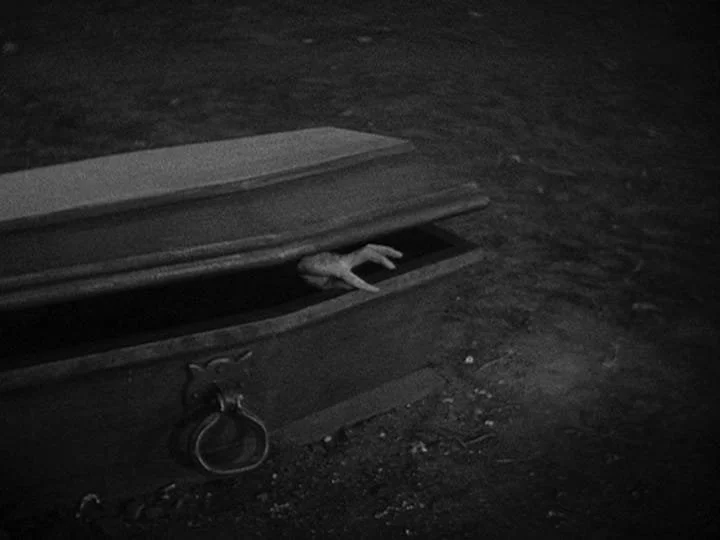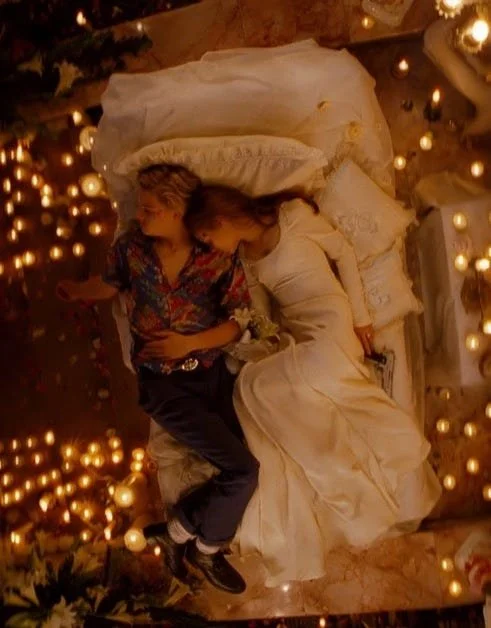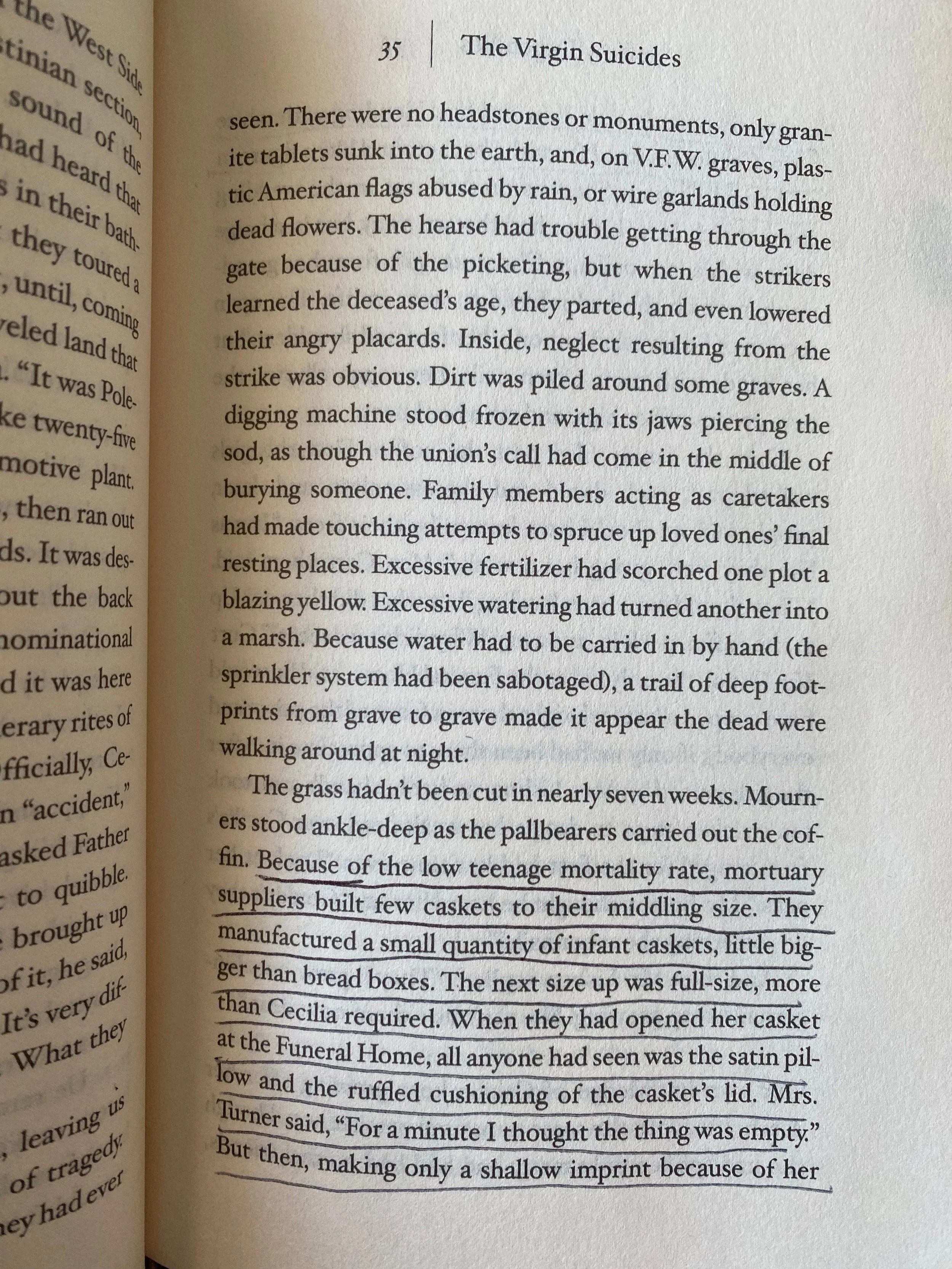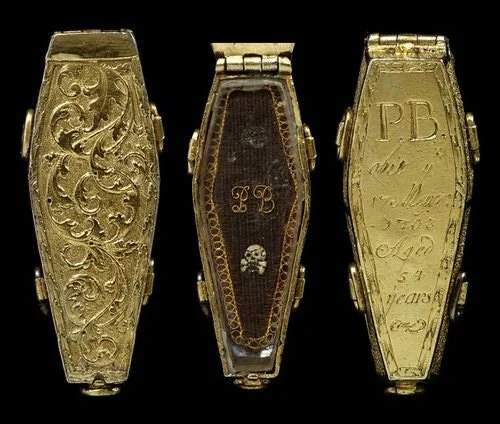My Boy Builds Coffins
Perhaps my favourite of Florence Welch’s beautifully tragic tales. My Boy Builds Coffins captures mortality through the entrancing story of a coffin-builder-boyfriend.
My boy builds coffins with hammers and nails
He doesn't build ships, he has no use for sails
He doesn't make tables, dressers, or chairs
He can't carve a whistle 'cause he just doesn't careMy boy builds coffins for the rich and the poor
Kings and queens have all knocked on his door
Beggars and liars, gypsies and thieves
They all come to him 'cause he's so eager to pleaseMy boy builds coffins, he makes them all day
But it's not just for work and it isn't for play
He's made one for himself, one for me too
One of these days, he'll make one for you
For you, for you, for youMy boy builds coffins for better or worse
Some say it's a blessing, some say it's a curse
He fits them together in sunshine or rain
Each one is unique, no two are the sameAnd my boy builds coffins and I think it's a shame
That when each one's been made, he can't see it again
He crafts every one with love and with care
Then it's thrown in the ground, and it just isn't fairMy boy builds coffins, he makes them all day
But it's not just for work, and it isn't for play
He's made one for himself
One for me too
And one of these days he'll make one for you
For you, for you, for you
In lieu of Florence’s coffin builder, here are some of my favourite coffins in pop culture, art and history.
Screengrab from Tod Browning’s Dracula: The Eye of the Storm (1931)
Candlelit bed coffin in Baz Luhrmann’s Romeo and Juliet (1996)
Cecelia’s coffin in Jeffrey Eugenides’ The Virgin Suicides (1993)
Shrine of Saint Thérèse at Carmel of Lisieux, France. Via @doctorcooper on Instagram. “Saint Thérèse is known as the Saint of the Little Ways, meaning she believed in doing the little things in life well and with great love. She is represented by roses” - St Therese of Carmel Church
Coffin in the title scene of I. Marlene King’s Pretty Little Liars (2010-2017)
Marble sarcophagus with the contest between the Muses and the Sirens from the Roman Late Imperial period, marble stone sculpture, via the Metropolitan Museum of Art
Pendant of gilded silver with woven hair and an enamel skull inside, made in England 1703. Via the Victoria and Albert Museum







